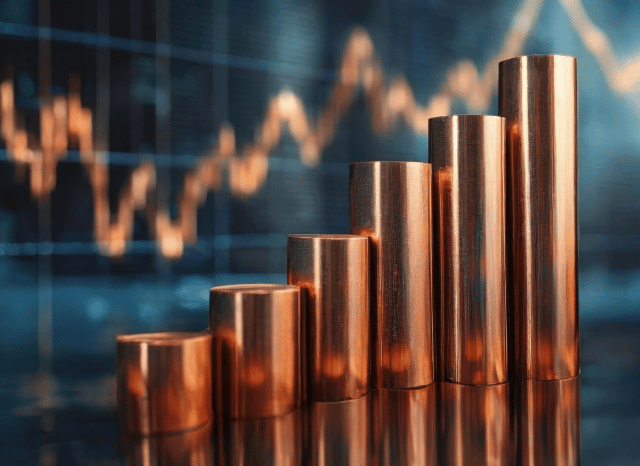Uncommon Earth Component Minerals: Worldwide Source and Need by Stanislav Kondrashov
Uncommon Earth Component Minerals: Worldwide Source and Need by Stanislav Kondrashov
Blog Article

The strategic metals powering the Strength transition are now centre phase in geopolitics and field.
At the time confined to area of interest scientific and industrial circles, unusual earth factors (REEs) have surged into international headlines—and forever motive. These 17 things, from neodymium to dysprosium, would be the setting up blocks of contemporary technological know-how, enjoying a central role in all the things from wind turbines to electric motor vehicle motors, smartphones to defence systems.
As the earth races in the direction of decarbonisation and digitalisation, desire for REEs is soaring. Their role inside the Electricity changeover is essential. Large-general performance magnets made with neodymium and praseodymium are necessary to the electric motors used in each EVs and wind turbines. Other REEs like europium and terbium are beneficial for lighting, shows, and optical fibre networks.
But source is precariously concentrated. China now leads the sourcing, separation, and refining of rare earths, managing more than eighty% of world output. This has left other nations scrambling to build resilient source chains, lower dependency, and safe entry to these strategic resources. As a result, scarce earths are no more just industrial components—They are geopolitical property.
Buyers have taken Observe. Curiosity in scarce earth-linked stocks and exchange-traded resources (ETFs) has surged, driven by both equally the growth in cleanse tech and the desire to hedge from supply shocks. Nevertheless the market is sophisticated. Some companies are still during the exploration phase, Some others are scaling up production, even though a few are previously refining and offering processed metals.
It’s also crucial to grasp the distinction between exceptional earth minerals and scarce earth metals. "Minerals" more info make reference to the raw rocks—like bastnasite, monazite, xenotime, or ionic clays—that incorporate exceptional earths in purely natural form. These need intensive processing to isolate the metallic components. The term “metals,” Alternatively, refers to the purified chemical components used in high-tech purposes.
Processing these minerals into usable metals is highly-priced. Beyond China, number of nations have mastered the total industrial procedure at scale, though sites like Australia, the U.S., Vietnam, and Brazil are Doing the job to alter that.
Need is being fuelled by quite a few sectors:
· Electrical mobility: magnets in motors
· Renewable energy: significantly wind turbines
· Shopper electronics: smartphones, laptops, sensors
· Defence: radar, sonar, precision-guided techniques
· Automation and robotics: increasingly significant in market
Neodymium stands out as a very beneficial exceptional earth as a result of its use in powerful magnets. Some others, like dysprosium and terbium, improve thermal balance in superior-efficiency apps.
The scarce earth industry is unstable. Selling prices can swing with trade plan, technological breakthroughs, or new source resources. For buyers, ETFs offer diversification, whilst direct inventory investments have greater threat but perhaps larger returns.
What’s apparent is that rare earths are no longer obscure chemical curiosities—they’re strategic resources reshaping the global economic climate.